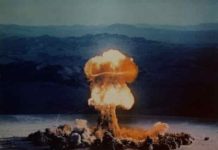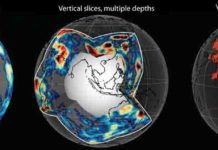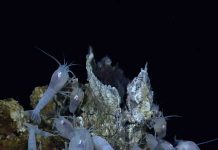Why do the two oceans not mix?
It’s not two oceans meeting, its glacial melt water meeting the off shore waters of gulf of Alaska. The reason for this strange phenomenon is due to the difference of water density, temperature and salinity of the glacial melt water and off shore waters of gulf of Alaska, making it difficult to mix.
Ken Bruland, professor of ocean sciences at University of California-Santa Cruz, was on that cruise. In fact, he was the one who snapped the pic. He said the purpose of the cruise was to examine how huge eddies — slow moving currents — ranging into the hundreds of kilometers in diameter, swirl out from the Alaska coast into the Gulf of Alaska.
Those eddies often carry with them huge quantities of glacial sediment thanks to rivers like Alaska’s 286-mile-long Copper River, prized for its salmon and originating from the Copper Glacier far inland. It empties out east of Prince William Sound, carrying with it all that heavy clay and sediment. And with that sediment comes iron.
“Glacier rivers in the summertime are like buzzsaws eroding away the mountains there,” Bruland said. “In the process, they lift up all this material — they call it glacial flour — that can be carried out.”
Once these glacial rivers pour out into the larger body of water, they’re picked up by ocean currents, moving east to west, and begin to circulate there. This is one of the primary methods that iron — found in the clay and sediment of the glacial runoff — is transported to iron-deprived regions in the middle of the Gulf of Alaska.
















